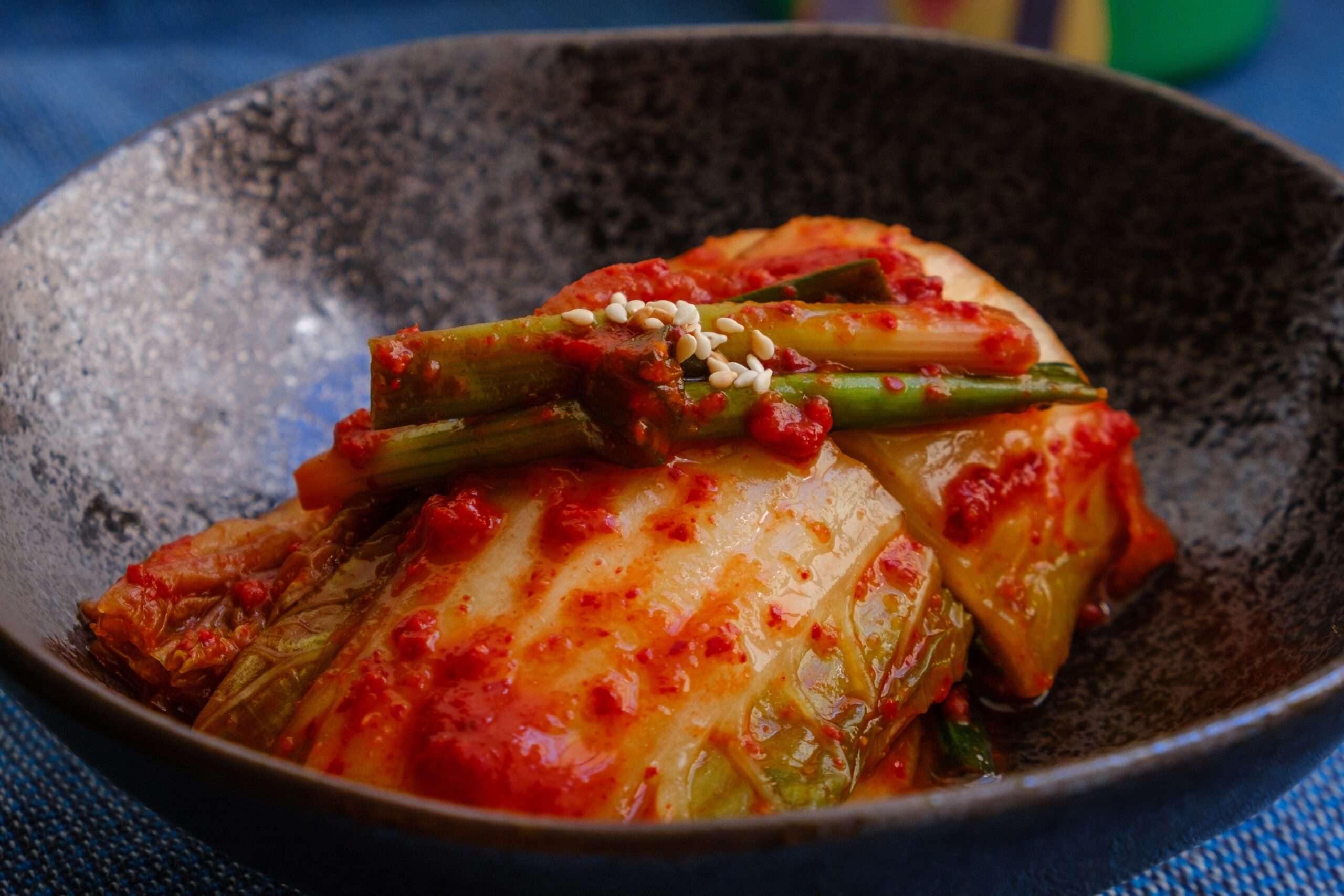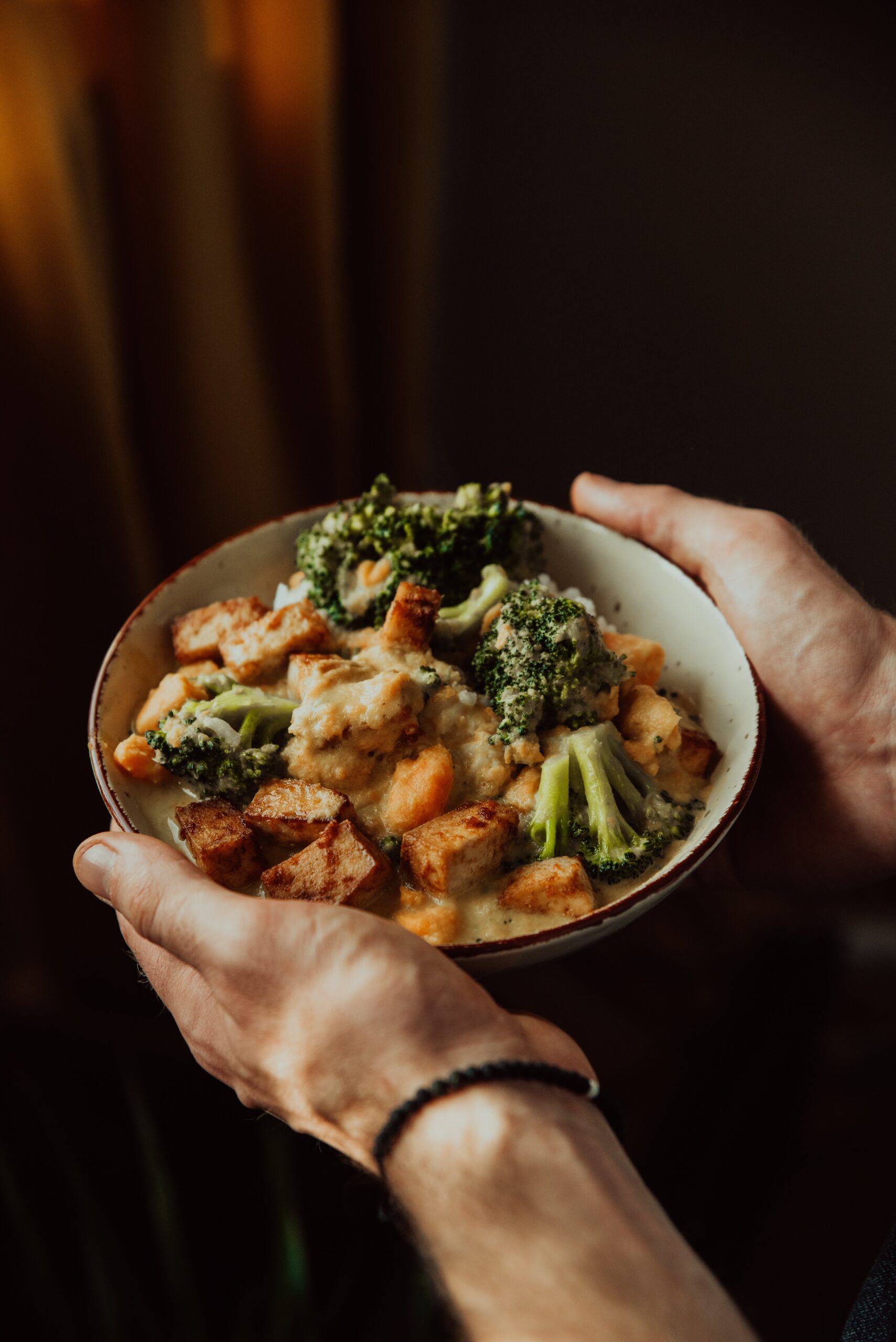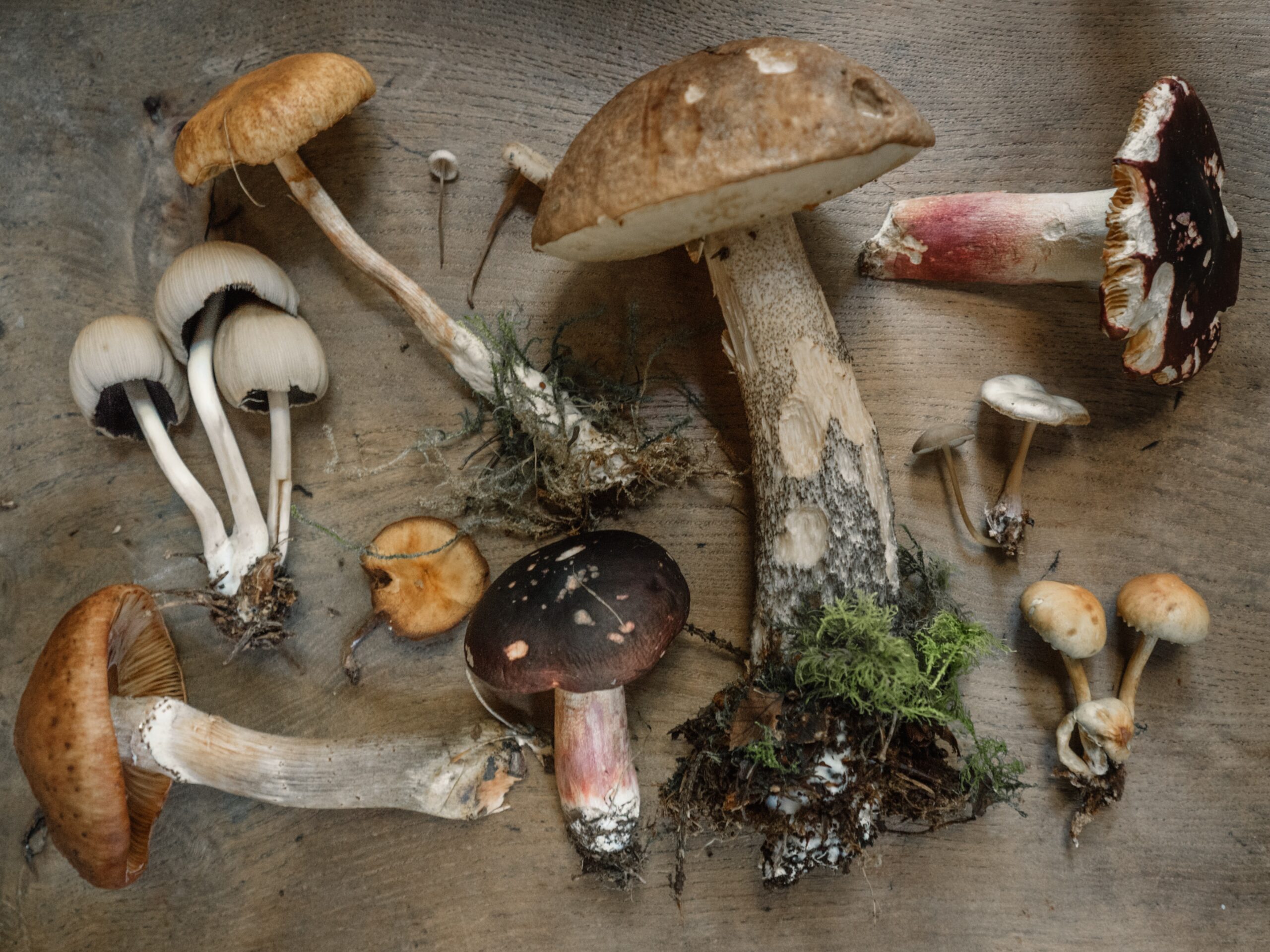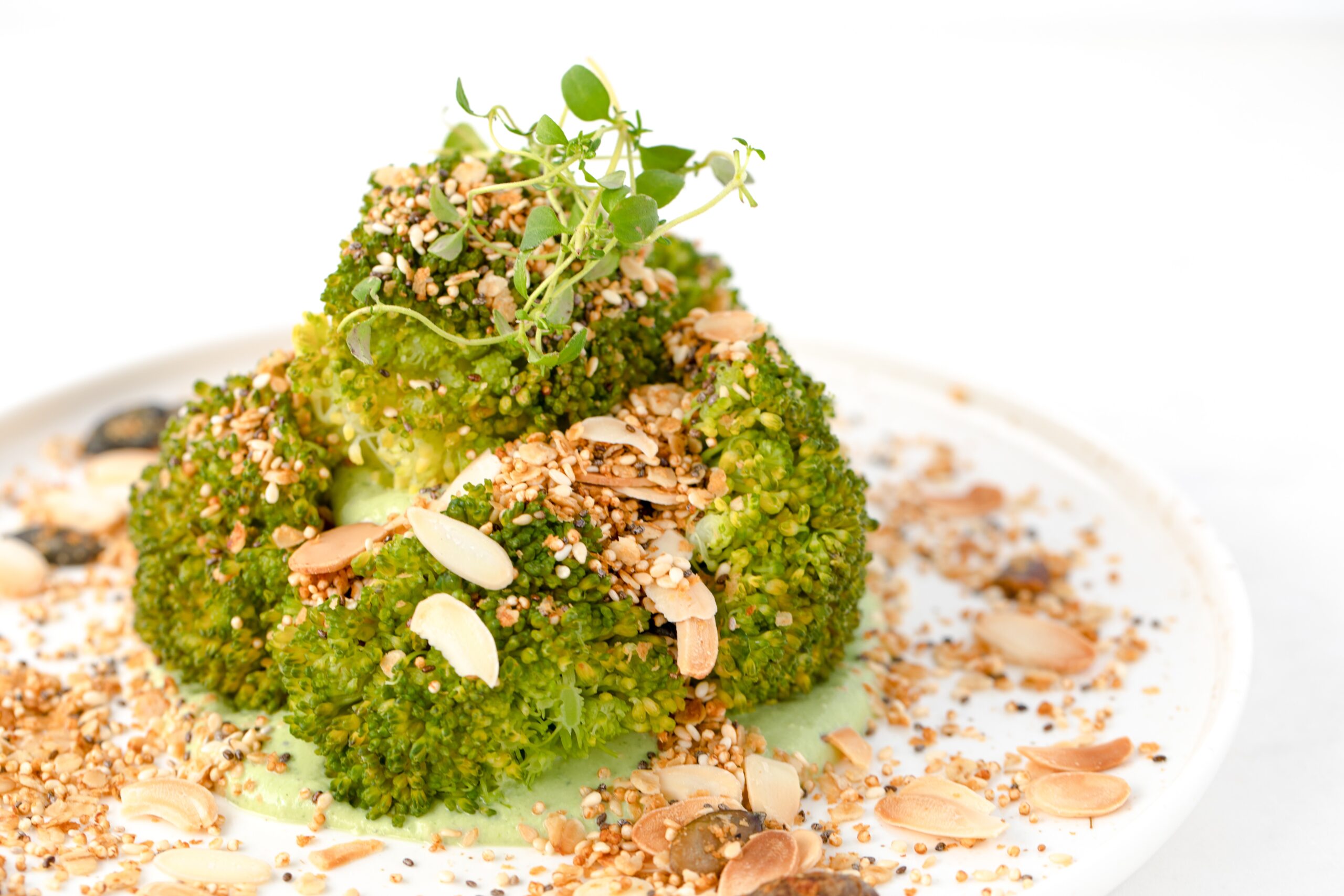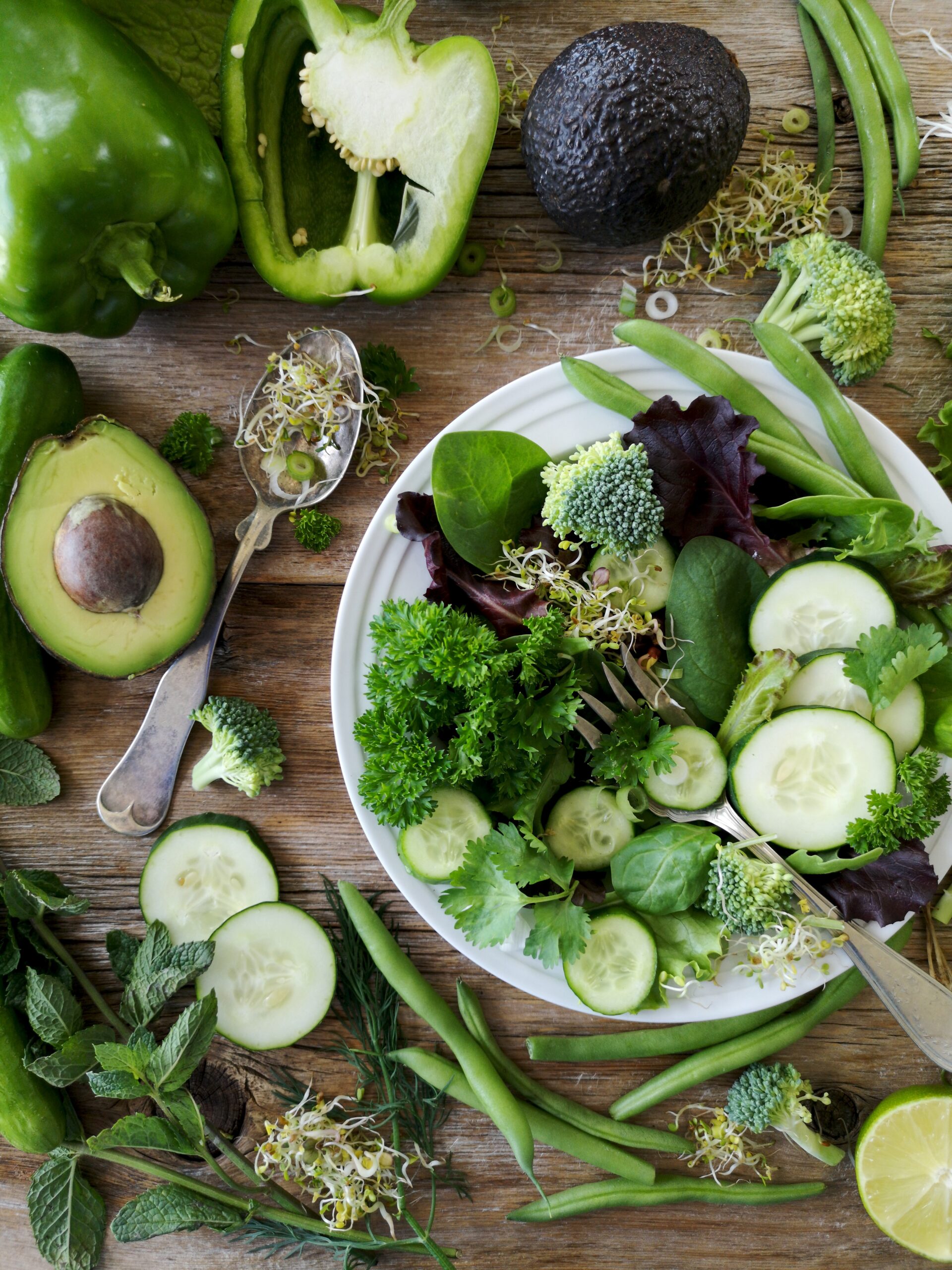Korean Temple Food is entirely plant-based, delectable, and nutritious. Temple food refers to the food ingested in Buddhist Temples; it has always played an essential role in the religious lives of Korean Buddhist monks and nuns.
The only animal products used in Korean temple cuisine are dairy products. Korean Buddhism forbids flesh. As a result, a vegetarian tradition has developed. Due to the mountainous location of the majority of Korean temples, which provides easy access to wild roots, stems, leaves, fruits, and blossoms, monks and nuns have become natural leaders in shaping vegetarian culture.
Here is a compilation of some of the most famous temple foods in Korea.
Kimchi
It is simple to understand why kimchi, a staple in Korean households for generations, has attained superstar status in the kitchen. With its complex flavor and diverse applications, kimchi has a broad and profound appeal. Made from vegetables, garlic, ginger, and fish sauce, it has a variety of flavors, including sweet, sour, and spicy, and can be used as a condiment, ingredient, dip, and side dish.
Kimchi is commercially available and inexpensive, but it can be enjoyable to create your own based on personal preferences. As with other fermented foods (e.g., bread, beer, and kombucha), preparing the vegetables can take some time, but the fermentation process is largely hands-off. During this process, its flavor and nutritional profile will develop. Kimchi has a lengthy shelf life, making it an inexpensive, versatile, and simple-to-prepare refrigerator staple.
Kimchi is served with nearly every meal in Korean culture, including breakfast. Kimchi is not only consumed as a side dish or appetizer, but also as an ingredient in a variety of other dishes. Kimchi jjigae, a traditional stew containing kimchi, is one of its most popular applications. Additionally, the fermented food is used to season fried rice, stir-fry dishes, vermicelli, sandwiches, and even pizza.
Vegetable Tofu Stew
There are numerous varieties of jjigae or stew in Korean cuisine. One-pot vegan tofu stew loaded with vegetables such as cabbage, courgettes, and carrots is an ideal winter warming. Individually, each of these vegetables offers a variety of vitamins, minerals, and antioxidants, but collectively, they are an excellent source of dietary fiber and an abundance of these nutrients. Tofu is a soy-based product that is an excellent protein source. Enjoy alone or with a piece of crusty bread.
By their very nature, stews require a prolonged cooking time, but this recipe is quite simple and straightforward. The most labor-intensive step is chopping the vegetables, as most of the cooking time is spent simply permitting the stew to simmer. Tofu stew is an excellent option for meal preparation and preparing in bulk. It yields several servings, reheats well, and the remains are delicious.
Hobak Juk
Hobak juk is a simple pumpkin porridge prepared with glutinous rice flour and pumpkin. It is frequently served to convalescent patients and the elderly because it is a very smooth and comforting dish.
Korean Sweet Potato Noodles (Japchae)
Originally, this Korean classic consisted only of vegetables, but over time it has become most popular when served with glass noodles. The glass noodles are prepared with sweet potato to impart a flavor, texture, and appearance that are entirely unique.
Grilled Mushrooms
Diverse types of mushrooms are a staple in temple cuisine, with shiitake mushrooms used most frequently due to their numerous health advantages. Gochujang (fermented fiery chili paste), ginger juice, and perilla seed oil are typically used to grill mixed mushrooms. This incredibly delicious recipe helps monks living in sanctuaries stay warm during the winter months.
Namul
Namul is a widely accepted term for Korean vegetable side dishes, which may include green foliage vegetables, starchy root varieties, sprouts, green beans, and even fruit on occasion. Raw, pickled, fried, sautéed, blanched, or desiccated forms of the ingredients are utilized.
Typically, they are seasoned with soy sauce, sesame oil, sesame seeds, vinegar, garlic, and occasionally gochujang, a spicy red chili paste. The primary characteristic of all varieties of namul is the flavor of the fresh vegetables, which is not overpowering.
Korean Sesame Broccoli
Although not everyone enjoys broccoli, some have learned to consume and enjoy it over time. The fact that broccoli is not a seasonal vegetable means that it is available year-round.
To prepare Korean Sesame Broccoli, you only need to blanch or sauté the broccoli. Then, incorporate sesame oil, sesame seeds, and season with salt. This will result in a deliciously crispy and nutty snack.
Bibimbap
Typically served with steamed vegetables, namul or kimchi, and gochujang, soy sauce, or doenjang sauce. It can also be served in a hot bowl of stone, which enables it to cook with the rice and make the dish delicious.
Gaji Mari
This dish is prepared with eggplants and vegetables. It is a dish that is sweet, savory, and nutritious with a very satisfying texture. This is one of the most delicious homemade Korean dishes. Also available with spicy mustard condiment.
Korean Soy Wrap
This ‘wrapped’ recipe uses thinly sliced tofu to create an incredible wonton that can be used in a variety of ways! It is perfect for spring and summer because it can be consumed on the go from the tofu wrapper. Also delicious with lettuce, radishes, and sprouts.
What are Vegan Temple Foods?
Temple cuisine is a gorgeous concept frequently practiced in Korean Buddhist temples. Essentially, the concept is that a temple has a modest garden where a variety of vegetables are grown.
When suitable and in season, these vegetables are harvested, cooked, and consumed by temple goers. It is a simple concept that encourages you to contemplate the origin of all the food you consume.
As it is simple to cultivate vegetables on a small plot of land, Korean temple cuisine is typically wholly vegan.
Moreover, temple cuisine frequently avoids garlic and onion due to their alleged personality-altering effects. When raw, they are thought to provoke wrath, while when cooked, they are thought to stimulate libido.
Garlic and onion are typical flavoring agents in Western cuisine, so their absence may cause you concern. However, through a thorough comprehension of the flavor profiles of vegetables and spices, temple cuisine produces delicious dishes without onion or garlic.
To summarize
Cultivating, preparing, and cooking are the essential components of a Buddhist practice that employs seasonal vegetables to satisfy both flavor and nutritional requirements. Therefore, Korean temple food comforts both the mind and body, allowing one to become a robust Buddha-dharma-holding individual. Diverse ingredients are combined with care to impart a lesson on peaceful coexistence and the interconnectedness of all beings.
Korean temple cuisine uses only natural flavorings such as kelp, mushroom, wild sesame seeds, and raw soybean powder to improve nutritional balance and provide a simple, clean flavor. Temple food aspires to the ideal of “complete consumption,” which entails consuming every portion of an ingredient. It is to prevent food waste and extract as much nutrition as possible from the food.

